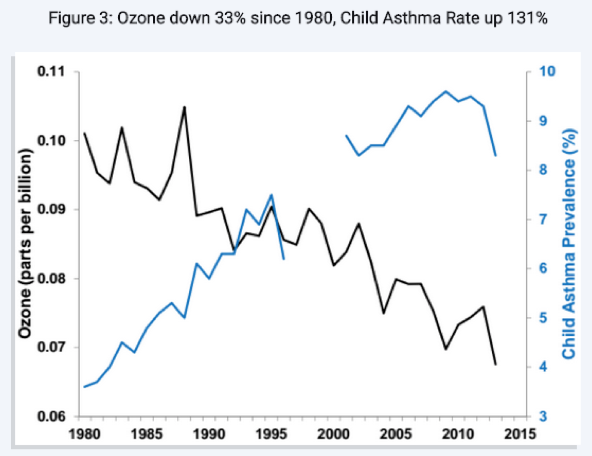As Congress begins to tackle a plethora of legislative issues this fall, one particular issue has garnered broad support on both sides of the aisle: lifting the decades-old ban on oil exports. Representatives across the country have realized that the ban not only inhibits economic growth, but also prevents free trade and does nothing to advance energy security both at home and abroad. Rep. Barton has introduced H.R 702, which would end the ban on oil exports, and other measures are being considered as well. Lifting this outdated law is something Congress can, and should, do.
However, some politicians have floated the idea of using the export ban as a bargaining chip for other legislative prerogatives, such as reviving and extending the wind Production Tax Credit and solar Investment Tax Credit. This should not happen: American energy prosperity and security should not be a part of Congress’ political games. Lifting the oil export ban should be passed as a stand-alone measure, not subject to congressional horse trading.
Lifting the Ban will Benefit Americans
When the current restrictions on oil exports were initially introduced in the 1970s, lawmakers were concerned that the U.S. might run out of oil and natural gas. Over 40 years later, that fear has been disproven, and the U.S. is now experiencing a dramatic boom in oil and natural gas production from shale reserves. What is left is a distortionary federal policy that is holding back further industry development and economic benefits for American families and businesses.
As Institute for Energy Research Senior Economist Dr. Robert Murphy has explained, allowing American producers to export oil is good economic policy that would benefit the country, while keeping the ban in place would harm consumers. Further, as a society that values free trade and open markets, we should allow producers and consumers to trade oil on the global market. As a basic principle, American goods and services should be able to compete with foreign companies, thus benefitting U.S. businesses and lowering prices for consumers. Average Americans don’t purchase oil, but they often buy gasoline. When more oil is put onto the global market, it pushes down prices both for oil and gasoline.
Studies Confirm Benefits
A number of credible analyses have demonstrated the practical benefits of lifting the oil export ban. A study by IHS concluded that a free trade policy toward oil would result in increased average oil production of 1.2 to 2.3 million barrels per day, an average decrease in gas prices by 8 to 12 cents per gallon, and total fuel cost savings of $265 to $418 billion during the 2016–2030 time period.
The Brookings Institution also conducted a report that supports oil exports, estimating that oil production in the Gulf Coast could increase by 1.1 to 1.5 million barrels a day and gas prices could decline by 9 cents per gallon in 2015. They also found that lifting the ban would greatly enhance national energy security and establish the U.S. as a global leader in energy distribution and trade.
The independent U.S. Energy Information Administration recently released an analysis of the impacts of repealing restrictions on oil exports. In their two cases that assume high oil and gas resources, U.S. oil production would rise and gasoline prices would either be unchanged or fall slightly. Various other studies—including reports from ICF International, Columbia University, the American Petroleum Institute—have also concluded that removing the ban on oil exports would be beneficial not only for the U.S., but for the global economic community as well.
Conclusion
Even though there is substantial evidence supporting an end to the oil exports ban, some lawmakers are attempting to use the issue as a bargaining chip to pass other initiatives. Unfortunately, some of these policies, such as renewing or extending the wind Production Tax Credit and the solar Investment Tax Credit, are harmful for Americans. Studies have demonstrated that wind power is an expensive energy source and undermines the reliability of the electricity grid. Congress should consider the merits of oil exports and realize that removing the ban is positive in and of itself. Rather than tying passage to harmful subsidies, the ban should be lifted on its own or as part of a legislative package that excludes controversial energy subsidies.



